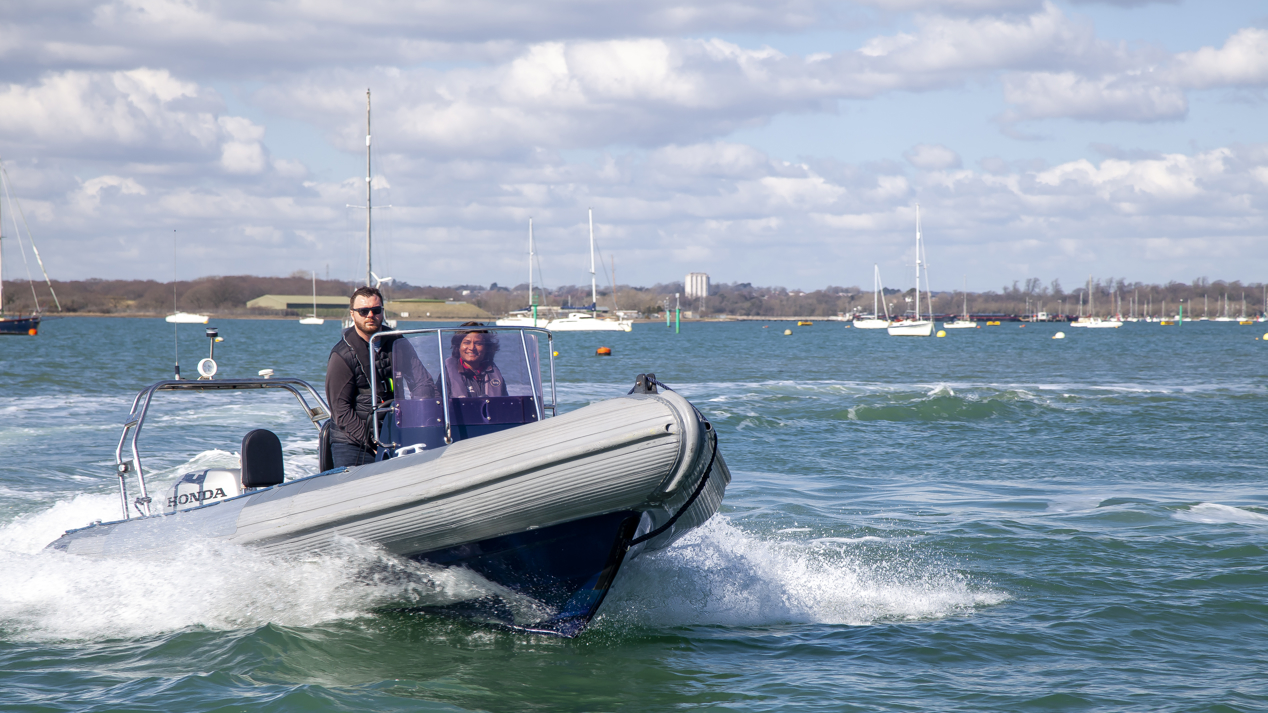Passage planning
Be prepared, think ‘what if?’ and don’t ruin a good day out on the water with insufficient planning
An element of planning is required for even the simplest and shortest of journeys. Passage planning is an obligation for all seafarers under the International Convention on Safety of Life at Sea (SOLAS V).
However, a passage plan needn’t be complicated. The type of boat you have and the trip you are intending to take will determine how much planning you need to do.
Essential elements to your plan
The plan will consider where you want to go and how you will go about getting there safely.
Route
A straight line from A to B will seldom be possible. Your prior planning will establish your intended route, any hazards or navigational risks that need to be avoided and constraints that may limit your options.
Tides & currents
Check the anticipated currents and tidal predictions for your trip and ensure that they fit with what you are planning to do. Why are tides important?
Navigation dangers
Check up-to-date charts and current pilot books, notices to mariners, almanacs or river guides for any navigational dangers such as shoals, overfalls, weirs, overhead wires and buoyage.
Constraints
You also need to plan for the unexpected, which might include deteriorating weather conditions, an illness, injury or gear failure occurring on board, the trip taking longer than expected, missing a tidal gate or simply deciding not to complete the trip.
Refuge
You should look at the charts and pilot book before you leave and consider alternative destinations and places where you could take shelter if necessary.
Daylight
Could delays lead to unexpected night time boating?
Weather
Before you go check the weather forecast and get regular updates if you are planning to be out for any length of time. Read more about weather forecasts. Seagoing boats equipped with a VHF radio can monitor Coast guard maritime safety information broadcasts for updates whilst at sea.
Limitations of the boat
Consider whether your boat is up to the proposed trip and that you have the appropriate safety equipment and stores with you.
Engine
Checking your engine before you set off could avoid breaking down when you are underway. Read more about engine checks.
Crew
Take into account the experience and physical ability of your crew. Are they up to the trip you are planning? Are they kitted out with the right personal safety equipment and have they been briefed on the voyage plan?
A skipper should ensure that everyone on board knows where the safety equipment is stowed and how to use it. Talk them through your plan as well as your contingency plans should something go wrong, including who should take over if you are injured or taken ill. Other aspects are: check that they know how to start the engine, how to send a Mayday and to make them aware of any on board hazards.
Share your plan
Let someone onshore know your plan and make sure they understand what to do should they become concerned about your well-being.
The free RYA SafeTrx app monitors your boat journeys and alerts emergency contacts should you fail to return on time.
Explore our safety hub
For more information about staying safe on the water visit the RYA Safety hub.

